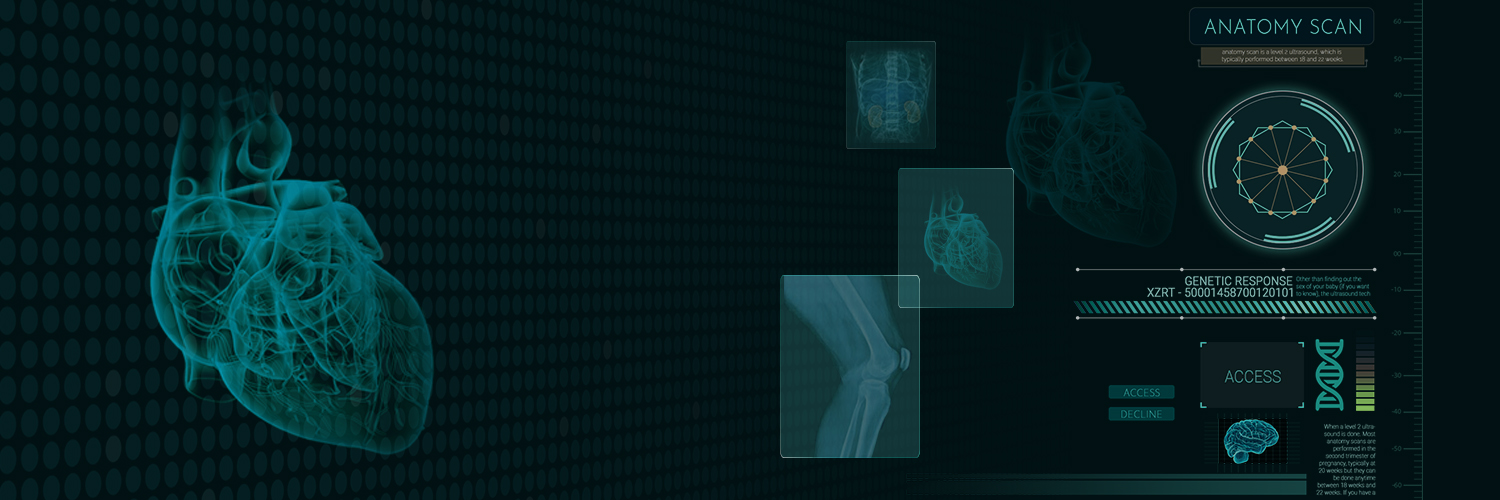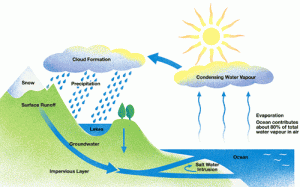The water cycle process can also be divided into the following categories:
Global water cycle
- Water evaporates from oceans, seas, rivers under sun’s heat and forms clouds.
- Then the clouds fall on Earth as rain after the wind blows the clouds over to the land to cool enough.
- Some water from rain soaks into the ground but most of it flows in rivers and returns directly to the seas.
- The ground water comes to surface again with the help of springs and pumps.
- It is used in agriculture, industry and homes.
- This water finally evaporates into the atmosphere.

